J-STORIES - Delirium is a temporary mental disorder that can be caused by physical illness, pain, or as a side-effect of medication. It reduces awareness and cognitive function, causing patients to experience excessive excitement, hallucinations, and confusion. In an aging society with more and more elderly patients, medical institutions often use large doses of sedatives after surgery, so there is a pressing need for ways to prevent delirium occurring.

The rise in delirium not only drives up medical expenses for patients but also escalates demands on nurses and other medical personnel, leading to increased staffing costs. However, is there a method to alleviate pain without relying on hefty doses of sedatives? Pursuing this goal, trials have commenced for a novel pain relief system, named TherapeiaVR, which integrates the skills of hypnotherapists and VR technology. Developed by Japanese startup xCura, these trials are underway in Japan and other nations.
As patients put on the Therapeia VR headset, they are transported to immersive environments featuring space, cherry blossoms, and forests, aiding in pain distraction. To ensure that patients can still hear their doctor, no audio accompanies the experience. They will only see images and subtitles.

The system also uses the Autogenic Training Method, a form of self-hypnosis, in which the patient breathes slowly, performs certain movements such as clenching and spreading fingers and toes, and rolls their eyes in response to the images. These actions relax the body and regulate the autonomic system. The images use blues and greens, avoiding red and other colors, to be as relaxing as possible.
According to xCura CEO Yuichiro Niijima, medics and patients who took part in the tests said the sedative effect was greater than they expected and that they would ask for it again. The tests took place in the Department of Vascular Surgery at the International University of Health and Welfare in Tochigi Prefecture, north of Tokyo. Twenty patients wore the headset while using less than half the usual amount of sedative and were completely awake immediately after surgery. The experiments confirmed benefits such as a lower risk of respiratory depression and blood pressure fluctuation caused by sedatives, and also less psychological stress.
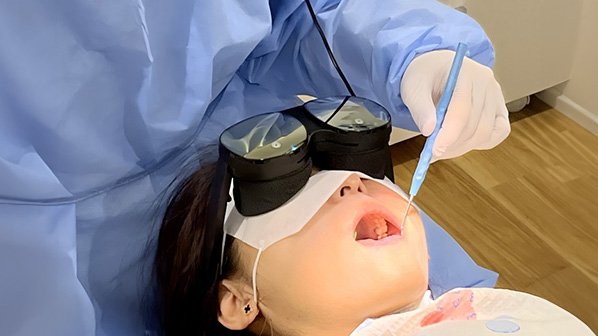
In other tests, patients at a dental clinic in Indonesia wore the headsets during treatment. In Indonesia, sedatives are not used in dental clinics, or even in university hospitals, so many patients are scared even of having their teeth drilled to treat cavities. But when the headsets were used, they were effective in treating pain.
“The VR headset can even be used by a non-specialist medic, so I think there is a great need for this,” says Niijima. He plans to approach a further 2000 Indonesian dental clinics.
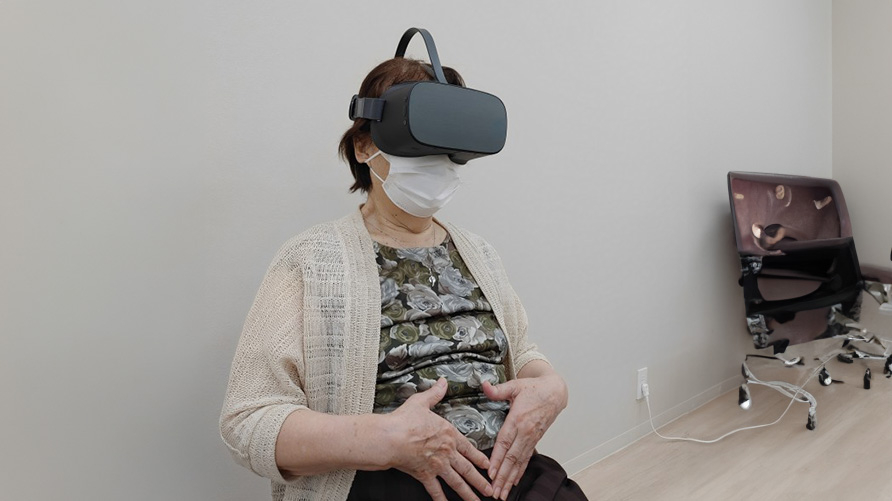
In 2022, the company also took part in a startup exhibition in Helsinki, Finland.
“Fukuoka, where our company is located, is a sister city with Helsinki, so we’ve been able to use that to connect with many people there,” says Niijima. “We would like to test the technology in Helsinki too.”
According to Niijima, choosing the right type of images is vital because patients react differently to various images they offer. For example, some people may find ocean images relaxing, whereas other people may have had frightening experiences in the sea and react negatively.
“Some people became worried because the images were so beautiful that they thought they might be taken to heaven,” she says. “Other people experience what is called VR sickness, so we must be careful that they don’t become ‘drunk’ and feel ill.”

According to Niijima, an increasing number of patients are experiencing delirium after surgery, becoming confused, pulling out their IV drips, or wandering about. According to one academic paper, 73.9% of patients over the age of 80 experience delirium. In Japan, however, there is a shortage of healthcare workers to care for patients, an estimated shortfall of 270,000 people by 2025. “So, we felt there was potential to use VR during treatment to control pain and reduce delirium,” says Niijima.
Since 2020, in Japan an additional fee has been available to medical institutions that implement measures to prevent delirium without the use of drugs. The aim is to shorten the duration of hospital stays and medical costs, and it is a potential boost to technology such as TherapeiaVR.
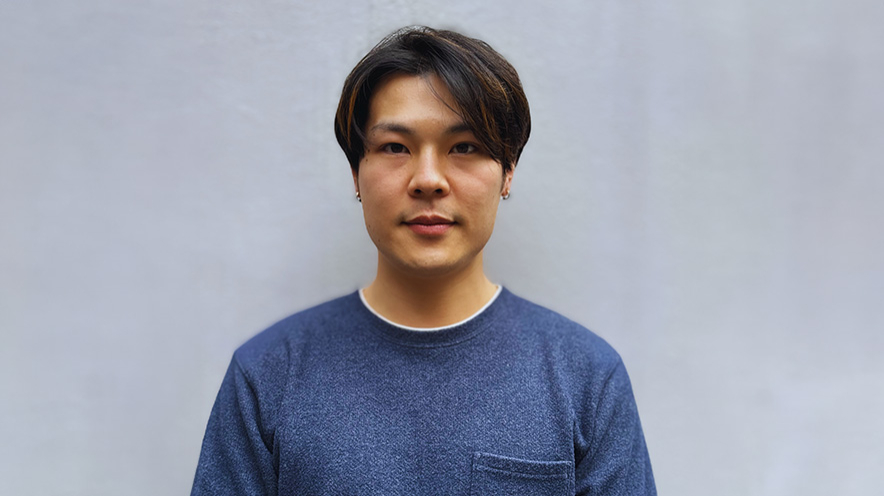
In Europe, VR technology products that reduce pain and anxiety experienced by patients are already in use. In October 2023, HypnoVR, a French VR therapy provider purchased Belgian digital sedative company Oncomfort, strengthening its position in the market.
Niijima says that xCura aims to develop unique products that will enable it to differentiate itself from such European competitors. Using its expertise from Japan, which has large numbers of elderly people and medical institutions, it hopes to expand its market to northern Europe, which also has an aging population. The company anticipates sales of approximately 8.5 billion yen in five years.
Translation by Tony McNicol
Editing by Chika Osaka
Top page photo by xCura
For inquires about this article, please contact us at jstories@pacificbridge.jp
***
Click here for the Japanese version of the article.


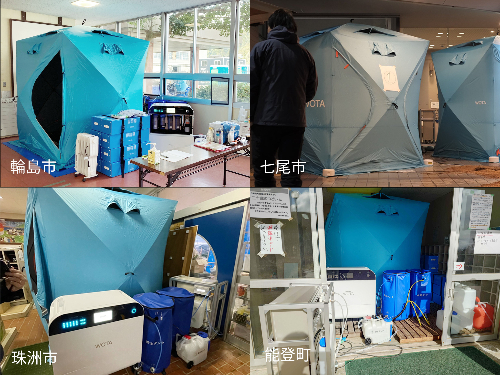
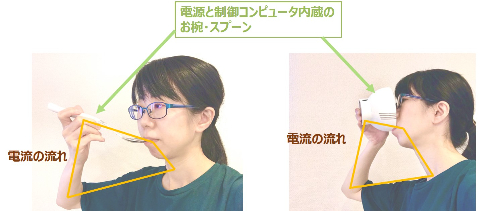
![[Podcast] Japanese technology to supercharge human fertility (Part 3)](https://storage.googleapis.com/jstories-cms.appspot.com/images/1766558713084place-for-scientific-research-2025-03-07-14-08-49-utc%20(1)_bigthumbnail.jpeg)
![[Interview: Part 2] A digital approach to tackle child hunger in Japan with dignity](https://storage.googleapis.com/jstories-cms.appspot.com/images/1766130666509unnamed_bigthumbnail.jpg)
![[Podcast] Japanese technology to supercharge human fertility (Part 2)](https://storage.googleapis.com/jstories-cms.appspot.com/images/1765863548035unnamed-7_bigthumbnail.jpg)
![[Podcast] Japanese technology to supercharge human fertility (Part 1)](https://storage.googleapis.com/jstories-cms.appspot.com/images/1765440905082unnamed_bigthumbnail.jpg)
_bigthumbnail.jpeg)





![[Interview] When digital and physical worlds meet](https://storage.googleapis.com/jstories-cms.appspot.com/images/1747974430456unnamed-2_smallthumbnail.png)




_smallthumbnail.jpeg)

![[Interview: Part 1] From nourishing souls to feeding the hungry](https://storage.googleapis.com/jstories-cms.appspot.com/images/1763695595492unnamed_smallthumbnail.jpg)

